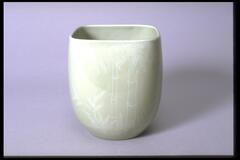492 UMMA Objects
492 UMMA Objects

Korean (Korean (culture or style))
Tea Bowl, 'ido chawan' type
16th century
Bequest of Margaret Watson Parker
1954/1.535
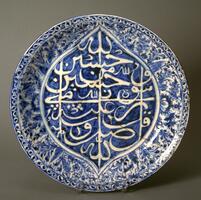
Ali ibn al-Hajj Muhammad
Platter with an inscription from a Hadith [a saying of the Prophet Muhammad], signed by Ali ibn al-Hajj Muhammad
1600 – 1799
Transfer from the College of Architecture and Design
1972/2.158
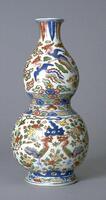
Chinese (Chinese (culture or style))
Double-Gourd Wall Vase
1573 – 1620
Gift of Marian Doering in memory of Paul M. Doering
1979/2.12
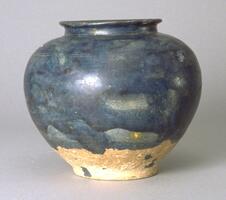
Chinese (Chinese (culture or style))
Jar
600 – 649
Gift of Mrs. Caroline I. Plumer for the James Marshall Plumer Collection
1962/1.100
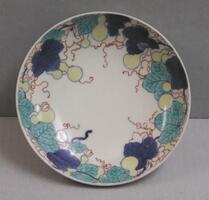
Artist Unknown, Nabeshima ware, Japan
Plate with gourd and vine design (one of five with 1964/1.100 and 102-104)
1700 – 1732
Museum purchase made possible by the Margaret Watson Parker Art Collection Fund
1964/1.101
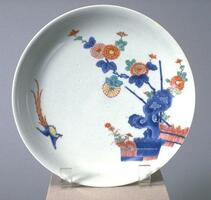
Japanese (Japanese (culture or style))
Arita ware dish with design of chrysanthemums by a brushwood fence
1700 – 1732
Gift of Mr. and Mrs. George F. Green
1970/2.1
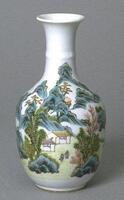
Chinese (Chinese (culture or style))
Vase with Landscape Design
1800 – 1966
Gift of Mr. and Mrs. Kenneth Rowe for the James Marshall Plumer Memorial Collection
1970/2.108
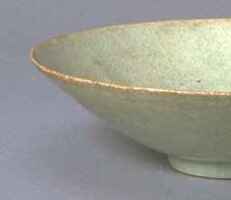
Chinese (Chinese (culture or style))
Bowl
960 – 1127
Gift of Mrs. Henry Jewett Greene for The Mr. and Mrs. Henry Jewett Greene Memorial Collection
1971/2.83

Chinese (Chinese (culture or style))
Bowl
1368 – 1644
Gift of Mr. Jennis R. Galloway through the Friends of the Museum of Art
1972/1.155

Chinese (Chinese (culture or style))
Bowl
1000 – 1132
Gift of Mrs. Caroline I. Plumer for the James Marshall Plumer Collection
1973/2.14
Loading…
